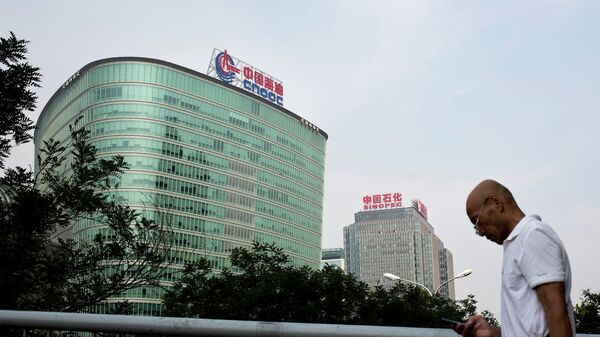The suggested guidelines were jointly issued by the Communist Party's Central Committee and the State Council, China's cabinet.
"Decisive results" are expected by 2020.
"This reform will be positive for improving the impetus of the economy and making growth more sustainable," according to Xu Hongcai, director of the economic research department at the China Centre for International Economic Exchanges (CCIEE), a Beijing-based think-think.
Partial privatization, he added, would help establish "check-and-balance and incentive systems" at state firms.
State firms will be allowed to bring in "various investors" to help diversify share ownership, and more state firms will be encouraged to restructure to pave the way for IPOs.
State-owned enterprises will be divided into commercial and public welfare-related businesses.
Oil and gas, electricity, railways and telecommunications companies were identified as sectors that could be suitable for limited non-state investment.
China's government manages 111 companies centrally under the State-owned Assets Supervision and Administration Commission, or SASAC.
Local governments own and manage another 25,000 state-owned companies and the sector employs nearly 7.5 million people.




